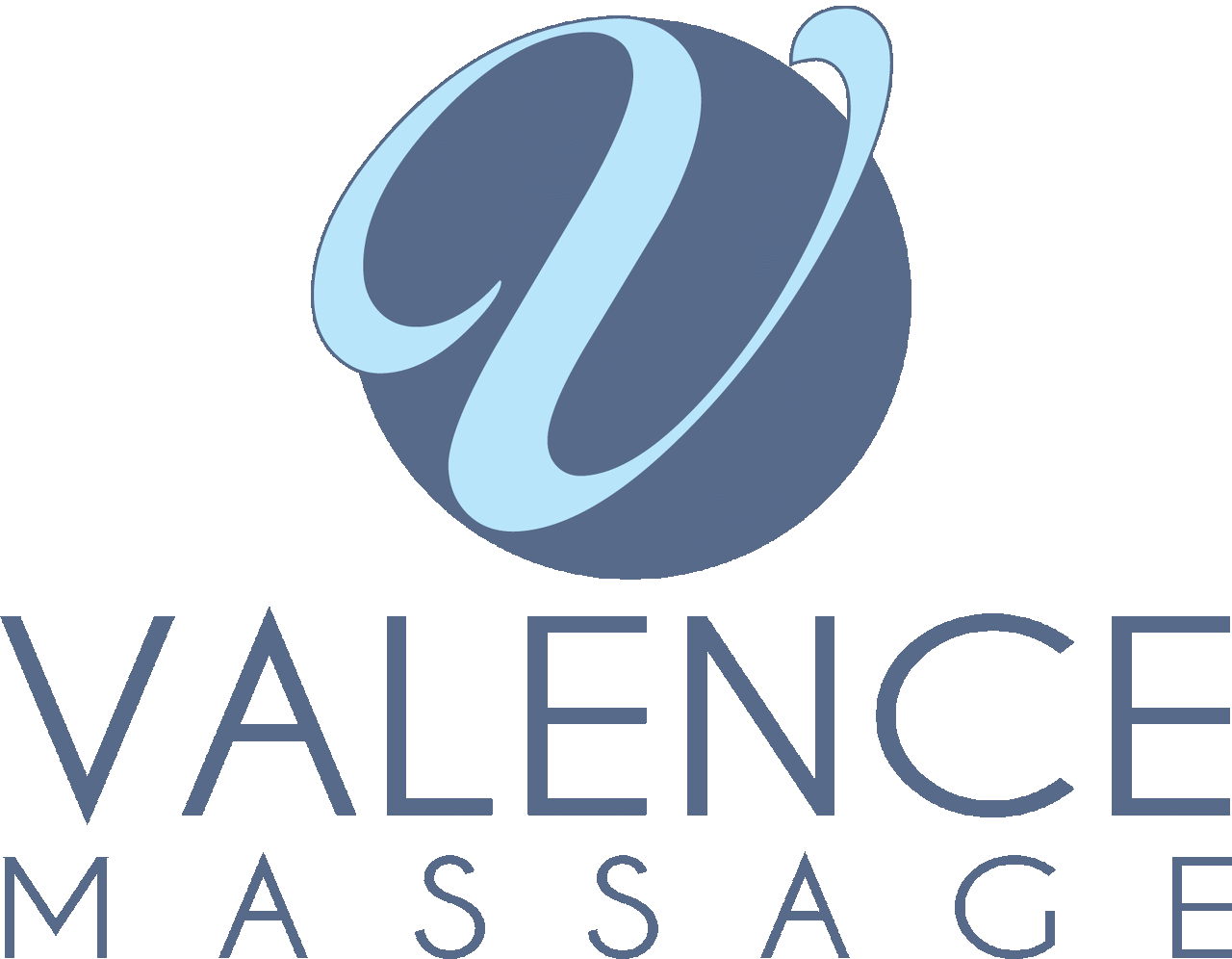
Massage Therapy, Neuromuscular Therapy, and Physical Therapy
in Springfield, MO
Valence Massage in Springfield is the private practice of Dr. Jon Tallerico. Jon is a Doctor of Physical Therapy, Licensed Massage Therapist, and ACSM Certified Exercise Physiologist specializing in hands-on therapies for musculoskeletal pain, sports injuries, work place injuries, and more. Fusing expertise in massage therapy, exercise physiology, and physical therapy to create personalized, unique, and holistic approaches to restore health and wellness.
Trigger Point Therapy
Trigger Point Therapy is a modality that fits under the umbrella of NMT, or PNMT. Aside from massage therapists, it is popular in many diverse medical circles; Chiropractic, Osteopathic, and Physio/Physical Therapy all teach some version of this approach. One can also easily draw correlations between trigger points and acupressure, shiatsu, and many other traditional massage approaches. As far as modalities go, it has been very heavily researched, but experts are no where near agreeing on what that research suggests. You can find believers and skeptics, and many folks in the middle (like me) waiting for a compelling conclusion.
The basic premise for trigger points is simple, which makes for a good story. When muscle tissue gets damaged in a particular way, usually an overly demanding eccentric activity, bands within that muscle get locked into a contracted state. While the rest of the muscle continues to function, these specific bands are neurologically stuck constantly contracting and going no where. These bands are hard, like a tiny "muscle knot" and they are filled with an inflammatory soup. Within a 3-6 millimeter span, if you apply direct pressure on one, there will be sharp pain which refers along quasi-well-documented patterns. Agreement beyond these basic ideas is hard to find and even the very existence of such points has been questioned since they show up in living people, but don't show up during cadaver dissections.
With that, offering Trigger Point Therapy, and Neuromuscular Therapy as a service requires some careful consideration. I still follow much of my training in regards to treating these hyper-irritable points in muscles, but I have become much more careful. The principles of careful assessment, careful palpation, moderate pressure on the precise point that elicits a familiar sensation, and so on seem solid even if the scientific consensus shifts to favor some other explanation for muscle pain. I have integrated education from many other sources to include modern pain science into my current treatment practices.
